Home>Garden Essentials>What Is Infill Sewerage
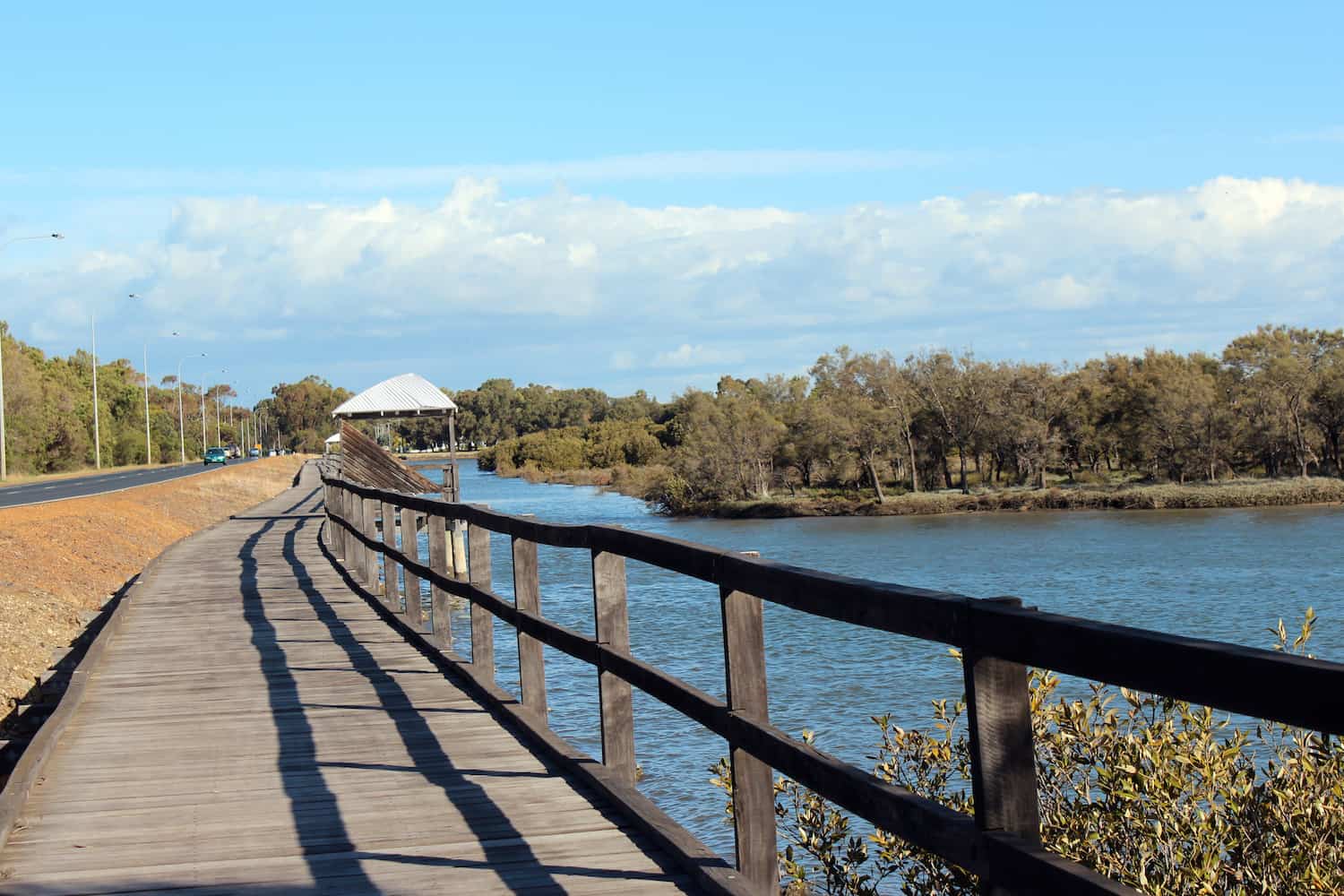

Garden Essentials
What Is Infill Sewerage
Modified: March 7, 2024
Discover the benefits of infill sewerage for your garden and transform it into a thriving oasis. Say goodbye to outdated drainage systems and experience efficient, eco-friendly solutions.
(Many of the links in this article redirect to a specific reviewed product. Your purchase of these products through affiliate links helps to generate commission for Storables.com, at no extra cost. Learn more)
Introduction
Welcome to the world of infill sewerage! In this article, we will delve into the fascinating world of infill sewerage systems, exploring their definition, benefits, challenges, planning considerations, construction processes, case studies, cost, and future outlook. Whether you’re a homeowner, a city planner, or simply someone interested in the field of sanitation, this article will provide you with a comprehensive understanding of infill sewerage and its importance in modern urban environments.
What exactly is infill sewerage? Infill sewerage refers to the process of installing sewer lines and connecting properties to an existing sewer network in already developed areas. Unlike greenfield sewerage projects, which involve building sewer systems from scratch in new developments, infill sewerage systems retrofit existing areas with proper sanitation infrastructure.
The benefits of infill sewerage are manifold. Firstly, it improves the overall health and well-being of the community. By providing access to safe and efficient waste disposal, infill sewerage helps prevent the spread of diseases and reduces environmental contamination. Additionally, properties connected to a sewer network often experience increased property values, as having access to proper sanitation is a desirable attribute for homebuyers and tenants.
However, implementing infill sewerage systems does come with its fair share of challenges. One of the primary hurdles is the high-density nature of already developed areas. Limited space, underground utilities, and structural obstacles can make the installation of sewer lines a complex and costly endeavor. Additionally, gaining the necessary permissions and easements from property owners can also pose challenges, requiring effective communication and coordination between government agencies, property owners, and contractors.
When planning and designing infill sewerage projects, several considerations come into play. These include conducting thorough surveys to identify existing underground utilities, assessing the soil conditions to determine the most suitable pipe materials, and incorporating future growth projections to ensure the system can accommodate increased demand. Effective planning also involves considering the topography, stormwater management, and potential impacts on nearby ecosystems.
Construction of infill sewerage systems involves several stages, including trenching, pipe laying, connection to existing sewer lines, and restoration of the affected areas. Close attention to detail is required to ensure proper alignment, grading, and watertight connections, minimizing the risk of leaks or blockages in the future.
Key Takeaways:
- Infill sewerage improves public health, protects the environment, and increases property value by connecting properties to a centralized sewer network in already developed areas, creating cleaner and healthier communities.
- Challenges in infill sewerage implementation include navigating existing infrastructure, gaining access to private properties, and managing construction disruptions. Future outlook focuses on sustainability, technology, and community engagement for resilient sewer systems.
Read more: What Is An Infill Speed
Definition of Infill Sewerage
Infill sewerage is a term used to describe the process of extending sewage infrastructure in already developed areas. It involves the installation of sewer lines and connecting individual properties to an existing sewer network. Unlike greenfield sewerage projects, which involve building an entire sewer system from scratch in new developments, infill sewerage focuses on retrofitting existing areas with proper sanitation infrastructure.
The concept of infill sewerage is crucial in urban environments where there is limited available land for expansion. It allows for the efficient utilization of existing sewer networks and reduces the need for costly and disruptive excavation in densely populated areas.
The key feature of infill sewerage is its ability to connect individual properties to the main sewer lines. This enables properties to have access to a centralized sewage system, replacing outdated or inadequate on-site wastewater treatment systems like septic tanks. By connecting to a larger sewer network, the waste and wastewater generated in a property can be transported to a treatment plant for proper disposal or treatment processes.
Infill sewerage systems typically consist of a network of sewer pipes that are buried underground. These pipes collect wastewater from properties and transport it to a central collection point or treatment facility. The sewer pipes are typically made of durable materials such as PVC (polyvinyl chloride) or HDPE (high-density polyethylene) to ensure longevity and minimize the risk of leaks or failures.
The installation of infill sewerage systems requires careful planning and coordination. As it involves retrofitting existing areas, the process may involve navigating through various underground utilities, such as water lines, gas lines, and electrical cables. This requires collaboration with utility companies to ensure the proper identification and protection of these existing services during the installation process.
Infill sewerage projects also require careful consideration of the property owners and occupants. Obtaining necessary permissions and easements from property owners is crucial to ensure the smooth installation of sewer lines without disrupting their daily lives or causing damage to their properties.
Overall, infill sewerage plays a vital role in improving the sanitation infrastructure in already developed areas. By connecting properties to a centralized sewer network, it enhances public health, reduces environmental contamination, and increases the overall livability and value of the community.
Benefits of Infill Sewerage
Infill sewerage offers a range of benefits that contribute to the overall improvement of urban environments. Let’s explore some of these key advantages:
- Improved Public Health: One of the primary benefits of infill sewerage is the significant improvement in public health. Connecting individual properties to a centralized sewer network ensures the proper and safe disposal of waste and wastewater. This helps prevent the spread of diseases that can occur through the improper disposal of sewage, reducing the risk of contamination in communities.
- Environmental Protection: Infill sewerage plays a crucial role in environmental preservation. By connecting properties to a centralized sewer system, it minimizes the need for on-site wastewater treatment systems like septic tanks, which can pose a risk of groundwater contamination, especially in areas with high water tables. Infill sewerage also reduces the discharge of untreated wastewater into natural water bodies, helping to preserve water quality and protect aquatic ecosystems.
- Convenience and Accessibility: Opting for infill sewerage provides convenience and accessibility to residents and property owners. Instead of dealing with the maintenance and potential failures of individual on-site wastewater treatment systems, they can rely on a centralized sewer network for waste disposal. This eliminates the need for regular septic tank pump-outs and reduces the potential for unpleasant odors and backups in properties.
- Increased Property Value: Properties connected to a centralized sewer system often experience increased value. Access to proper sanitation infrastructure is a desirable feature for homebuyers and tenants. The convenience, reliability, and health benefits associated with infill sewerage can make a property more appealing and attractive in the real estate market.
- Capacity for Growth: Infill sewerage systems are designed with future growth in mind. By connecting properties to an existing sewer network, it allows for increased capacity to accommodate population growth and urban expansion. This reduces the need for costly and disruptive infrastructure upgrades in the future, ensuring a more efficient and sustainable use of resources.
- Community Well-being and Quality of Life: The implementation of infill sewerage has a positive impact on the overall well-being and quality of life in communities. It enhances the cleanliness and aesthetics of the area, contributing to a more pleasant living environment. Additionally, the reduction in health risks associated with proper waste disposal improves the overall quality of life for residents, promoting a healthier and safer community.
Infill sewerage systems offer a wide array of benefits that are invaluable for the development and improvement of urban areas. The enhancement of public health, environmental protection, convenience, increased property value, capacity for growth, and community well-being all contribute to creating sustainable and vibrant communities.
Challenges of Infill Sewerage Implementation
While infill sewerage systems offer significant benefits, their implementation can be accompanied by various challenges that need to be addressed. Let’s delve into some of the key challenges:
- Complexity of Existing Infrastructure: In existing developed areas, there is often a dense network of underground utilities, including water lines, gas lines, electricity cables, and telecommunication infrastructure. Navigating through this complex web of utilities while installing sewer lines can be challenging. Careful planning and coordination with utility companies are vital to avoid disruptions to essential services and ensure the integrity of existing infrastructure.
- Access and Easements: Gaining access to private properties and obtaining necessary easements can be a significant challenge in infill sewerage projects. Proper communication, negotiations, and agreements with property owners are essential to secure the required permissions for construction. Encountering property owners who are unwilling to grant access or negotiate terms can cause delays and potential project complications.
- Density and Limited Available Space: Infill sewerage projects often take place in densely populated areas where space is limited. Finding suitable locations for infrastructure such as pump stations and treatment facilities can be challenging. Additionally, designing and installing sewer lines within limited space can be technically demanding, requiring innovative solutions to minimize disruptions to existing structures and ensure proper alignment and grade.
- Disruption to Daily Life: Construction activities associated with infill sewerage projects can cause temporary disruptions to daily life for residents, businesses, and commuters. Traffic diversions, noise, dust, and restricted access to certain areas can impact the normal functioning of the community. Effective communication and advance notice to stakeholders are crucial in mitigating these inconveniences and managing expectations.
- Cost and Financing: Implementing infill sewerage systems can be financially demanding. Upgrading and expanding existing infrastructure, including installing new sewer lines, constructing pump stations, and upgrading treatment facilities, requires substantial investment. Identifying appropriate funding sources and developing cost-effective solutions can be a challenge for municipalities and other stakeholders responsible for the implementation.
- Environmental Considerations: Infill sewerage projects need to adhere to strict environmental regulations and guidelines. Proper management of stormwater during construction, protection of sensitive habitats, and consideration of potential impacts on natural ecosystems are vital. Ensuring that the project minimizes any adverse effects on the environment requires careful planning and coordination with environmental authorities.
Addressing these challenges through effective planning, coordination, and stakeholder engagement is essential for the successful implementation of infill sewerage projects. By proactively identifying and addressing potential obstacles, sustainable solutions can be developed, leading to the improvement of sanitation infrastructure in populated areas.
Planning and Design Considerations for Infill Sewerage
Effective planning and design play a crucial role in the successful implementation of infill sewerage projects. Understanding the specific considerations that need to be taken into account helps ensure the efficiency, functionality, and sustainability of the sewerage system. Let’s explore some of the key planning and design considerations:
- Existing Infrastructure Assessment: Conducting a comprehensive assessment of existing infrastructure is essential to determine the feasibility of the project. This includes identifying the location and condition of underground utilities, such as water lines, gas lines, and electrical cables. Collaborating with utility companies and conducting thorough surveys help prevent disruptions to services and potential damage to existing infrastructure during construction.
- Soil Conditions and Pipe Materials: Assessing the soil conditions where sewer lines will be laid is crucial for selecting appropriate pipe materials and ensuring the longevity of the system. Factors such as soil stability, corrosiveness, and groundwater levels influence the choice of materials, such as PVC (polyvinyl chloride) or HDPE (high-density polyethylene) pipes. Proper material selection minimizes the risk of pipe deterioration and extends the lifespan of the sewerage system.
- Growth Projection: Considering future growth projections is crucial to design a sewerage system that can accommodate increased demand. Analyzing population trends and urban development plans help determine the required capacity of the sewer lines, pump stations, and treatment facilities. Anticipating future growth avoids the need for costly retrofits and ensures the longevity and efficiency of the system.
- Topography and Stormwater Management: Understanding the local topography is essential for designing an effective sewerage system. Analyzing slopes and water flow patterns helps determine the optimal alignment and location of sewer lines, minimizing the risk of blockages and ensuring efficient wastewater transport. Incorporating proper stormwater management measures, such as retention ponds or infiltration systems, prevents flooding and reduces the burden on the sewerage system during heavy rainfall events.
- Coordination with Stakeholders: Engaging stakeholders throughout the planning and design process is vital for successful implementation. Collaboration with property owners, community members, and government agencies ensures the consideration of local needs, concerns, and regulations. Regular communication and public consultations help build trust and obtain input that enhances the overall effectiveness of the sewerage system.
- Sustainability and Green Infrastructure: Incorporating sustainable practices and green infrastructure can enhance the functionality and environmental performance of the sewerage system. This includes integrating features such as rain gardens, permeable pavements, or bioswales to manage stormwater and reduce the load on the sewer network. Additionally, promoting water conservation and reuse through the use of greywater recycling systems can further enhance the sustainability of the system.
By considering these planning and design factors, infill sewerage projects can be tailored to meet the unique needs of each location. This ensures the efficient utilization of existing infrastructure, minimizes disruptions, and promotes the long-term functionality and sustainability of the sewerage system.
Infill sewerage is a cost-effective way to extend sewer systems to areas with poor sanitation. It involves using existing infrastructure and smaller pipes to connect homes to the main sewer line.
Read more: What Is An Infill
Construction Process of Infill Sewerage Systems
The construction process of infill sewerage systems involves several stages, each essential for the successful installation and operation of the sewer lines. Let’s explore the key steps involved:
- Survey and Design: Before construction begins, a detailed survey of the area is conducted to assess existing infrastructure, determine the optimal route for sewer lines, and identify any potential obstacles. This survey information is used to develop a comprehensive design plan for the sewerage system, including pipe sizes, alignment, and locations of manholes or inspection chambers.
- Trenching: Once the design is finalized, the construction process begins with trenching. Trenches are dug along the designated route for the sewer lines, taking into account the required depth and gradient. Excavation methods can vary based on the soil conditions and equipment used, such as trenchers or backhoes.
- Pipe Laying: After the trenches are prepared, the sewer pipes are laid in place. The type and size of the pipes depend on the specific design requirements. Careful attention is given to ensuring proper alignment and grade to facilitate the smooth flow of wastewater towards the treatment facility or collection point.
- Connection and Joints: Once the pipes are laid, they are connected to one another using appropriate fittings, such as couplings or connectors. Special attention is given to ensure watertight connections to prevent leaks. Various jointing methods, such as solvent welding or mechanical connections, are used depending on the pipe material and specifications.
- Manhole and Inspection Chamber Installation: Along the sewer line route, manholes or inspection chambers are installed at predetermined intervals. These structures provide access points for maintenance and cleaning, as well as allow for changes in direction or elevation of the sewer lines. Manholes are typically constructed using precast concrete or other durable materials.
- Backfilling and Compaction: Once the sewer pipes and manholes are in place, the trenches are backfilled with the excavated soil. Backfilling is done in layers, and compaction is carried out to ensure the stability and integrity of the sewerage system. Proper compaction helps minimize settlement and prevents potential damage to the pipes in the future.
- Restoration: After the sewer lines are installed and the trenches are filled and compacted, restoration work takes place. This includes restoring the affected areas to their original state, such as reseeding grass, replanting trees, or repaving roads or sidewalks. Ensuring proper restoration is important to minimize disruptions to the community and restore the aesthetics of the area.
Throughout the construction process, quality control measures are implemented to ensure the durability and functionality of the sewerage system. This includes conducting inspections, testing for leaks, and verifying proper pipe installation. Additionally, safety protocols are followed to protect workers and the surrounding environment.
Successfully completing the construction process of infill sewerage systems requires effective project management, skilled labor, and adherence to best practices. By following these steps, a reliable and efficient sewerage system is established, catering to the needs of the community and improving overall sanitation infrastructure.
Case Studies of Successful Infill Sewerage Projects
Several successful infill sewerage projects around the world serve as examples of how proper planning and implementation can greatly improve sanitation infrastructure in developed areas. Let’s explore a couple of notable case studies:
- The Thames Tideway Tunnel, London, United Kingdom: The Thames Tideway Tunnel is an ambitious infill sewerage project in London aimed at improving the capacity and efficiency of the city’s sewer system. The project involves the construction of a 25-kilometer tunnel along the River Thames, intercepting untreated sewage overflows and diverting them to a treatment facility. This massive infrastructure project addresses the issue of combined sewer overflows, reducing pollution and ensuring cleaner water in the Thames. The Thames Tideway Tunnel project encompasses innovative construction methods, including the use of tunnel boring machines and the implementation of sustainable practices to minimize environmental impacts.
- The DC Clean Rivers Project, Washington, D.C., United States: The DC Clean Rivers Project is a comprehensive initiative undertaken by the District of Columbia Water and Sewer Authority (DC Water) to address combined sewer overflows and improve water quality in the Washington, D.C. area. The project involves the construction of a system of tunnels and storage facilities to capture and store excess stormwater and sewage during heavy rainfall events. This helps prevent the discharge of untreated wastewater into the Anacostia and Potomac Rivers. The DC Clean Rivers Project is a testament to the successful implementation of large-scale infill sewerage systems, featuring extensive community engagement and the integration of green infrastructure elements, such as rain gardens and bioswales, to manage stormwater runoff.
These case studies highlight the importance of innovative thinking, collaboration, and long-term vision in tackling the challenges associated with infill sewerage. They demonstrate that through careful planning, robust engineering, and stakeholder engagement, significant improvements can be made to the sanitation infrastructure of developed areas.
It is worth noting that successful infill sewerage projects are not limited to large cities or government-led initiatives. Many smaller communities and private developments have also implemented successful infill sewerage systems, tailored to their specific needs and circumstances. These projects showcase the adaptability of infill sewerage concepts and highlight the benefits they bring to communities of all sizes.
By learning from these successful case studies, other regions and municipalities can gain valuable insights and inspiration to undertake their own infill sewerage projects, ultimately improving public health, preserving the environment, and enhancing the overall quality of life for residents.
Cost and Financing of Infill Sewerage
The cost of implementing infill sewerage systems can vary widely depending on several factors, including the size and complexity of the project, the existing infrastructure, and geographical location. Let’s explore the cost considerations and financing options for infill sewerage projects:
Cost Considerations:
1. Design and Engineering: The initial costs of an infill sewerage project include the design and engineering fees. This involves conducting surveys, feasibility studies, and preparing detailed plans and specifications.
2. Materials and Construction: The cost of materials, such as pipes, fittings, manholes, and other components, make up a significant portion of the total project cost. The complexity of the construction process, including trenching, pipe laying, and restoration, also contributes to the overall cost.
3. Land and Right-of-Way Acquisition: In some cases, acquiring land or right-of-way for the installation of sewer lines or the construction of infrastructure, such as pump stations or treatment facilities, may be necessary. The cost associated with land acquisition can have a considerable impact on the project budget.
4. Environmental Considerations: Compliance with environmental regulations and mitigating potential environmental impacts can also incur additional costs. This includes measures to protect sensitive habitats, manage stormwater runoff, and ensure proper treatment of effluent.
5. Contingency Funds: It is essential to allocate a certain percentage of the project budget for contingency funds to account for unforeseen circumstances or changes during construction.
Financing Options:
1. Government Funding: Many infill sewerage projects receive financial support from local, regional, or national government agencies. Grants, subsidies, or low-interest loans may be available to help offset project costs. These funds are typically allocated based on the potential benefits to public health, environmental sustainability, and economic development.
2. User Fees and Tariffs: Establishing user fees or tariffs is a common way to finance infill sewerage projects. Property owners connected to the sewer network pay regular fees to cover the costs of operation, maintenance, and future upgrades. The fees are usually calculated based on factors such as property size, water usage, or the number of occupants.
3. Public-Private Partnerships: In some cases, public-private partnerships (PPP) can be formed to finance and manage infill sewerage projects. Under this arrangement, private companies invest in the project and are responsible for design, construction, financing, and operation. They may recoup their investment through user fees or other revenue streams over a defined period.
4. Special Financing Districts: Special financing districts can be established to raise funds for infill sewerage projects. Property owners within the designated district contribute to a special assessment, which is used to finance the project. This approach ensures that those who directly benefit from the new sewerage infrastructure bear a significant portion of the costs.
5. Bond Issuance: Municipal bonds can be issued to secure financing for infill sewerage projects. These bonds are sold to investors, who are paid back over time through interest payments. The funds raised through bond issuance can be used to cover the upfront costs of the project, and the debt is typically repaid through user fees or other revenue sources.
It is important to consider a combination of financing options to ensure the financial feasibility of infill sewerage projects. Collaboration between government entities, private investors, and the community is essential to secure the necessary funds and ensure the successful implementation of these projects.
Future Outlook of Infill Sewerage
The future outlook for infill sewerage is promising as urban areas continue to expand, and the need for improved sanitation infrastructure becomes increasingly evident. Here are some key aspects that shape the future of infill sewerage:
- Urbanization and Population Growth: Rapid urbanization and population growth put a strain on existing sanitation infrastructure in many cities. As more people migrate to urban areas, the demand for efficient waste management systems, including infill sewerage, will continue to grow. Upgrading existing infrastructure and implementing infill sewerage projects will be essential to ensure the well-being and health of urban populations.
- Environmental Sustainability: There is a growing emphasis on environmental sustainability in all aspects of infrastructure development, including infill sewerage. Future infill sewerage projects will increasingly incorporate green infrastructure elements such as rain gardens, permeable pavements, and bioswales. These sustainable components help manage stormwater, reduce the burden on sewer systems, and improve water quality in surrounding natural water bodies.
- Technological Advancements: Advancements in technology will play a significant role in the future of infill sewerage. Improved pipe materials, such as corrosion-resistant and leak-proof materials, will enhance the longevity and reliability of sewer systems. Furthermore, advanced monitoring and control systems will enable the real-time detection of leaks, blockages, and other issues, allowing for proactive maintenance and improved system performance.
- Smart Solutions: The integration of smart technology in sewerage systems will become increasingly prevalent. IoT (Internet of Things) sensors and data analytics can provide valuable insights into system performance, allowing for optimized operation, predictive maintenance, and resource allocation. Smart solutions can also enhance the management of wastewater treatment processes, increasing energy efficiency and reducing environmental impact.
- Climate Change Resilience: The future of infill sewerage will necessitate a focus on climate change resilience. Rising sea levels, increased frequency of extreme weather events, and changing precipitation patterns pose significant challenges to sewer systems. Adaptation measures, such as stormwater storage and overflow management, will be crucial in ensuring the resilience of infill sewerage systems in the face of a changing climate.
- Community Engagement and Education: As the importance of proper waste management and sanitation becomes more evident, community engagement and education will play a vital role in the future of infill sewerage. Collaboration with the community, government agencies, and stakeholders will help raise awareness about the benefits of infill sewerage and foster support for its implementation. Education programs can also promote water conservation, reduce the misuse of sewer systems, and encourage sustainable practices among residents.
The future of infill sewerage lies in the integration of sustainable practices, technological advancements, and community engagement. By addressing the challenges associated with urbanization and embracing innovative solutions, infill sewerage will continue to evolve and meet the growing demand for efficient and environmentally friendly sanitation infrastructure.
As governments, planners, and engineers recognize the importance of sustainable development and the need for resilient infrastructure, infill sewerage will play a pivotal role in creating healthier, more livable urban environments for future generations.
Read more: What Is Infill Construction
Conclusion
Infill sewerage systems offer a vital solution for improving sanitation infrastructure in already developed areas. By extending sewer lines and connecting properties to existing networks, infill sewerage enhances public health, protects the environment, and improves the overall quality of life in urban communities.
Throughout this article, we have explored the definition of infill sewerage and its numerous benefits. We have also discussed the challenges that arise during the implementation of such projects and the crucial planning and design considerations that need to be taken into account. Furthermore, we examined the construction process, highlighted successful case studies, and discussed the cost and financing aspects of infill sewerage projects. Finally, we touched upon the future outlook for infill sewerage, focusing on sustainability, technological advancements, and community engagement.
It is evident that infill sewerage is an essential component of urban development and a key aspect of improving public health and environmental protection. The successful implementation of infill sewerage projects requires collaboration, innovation, and meticulous planning. By addressing challenges such as existing infrastructure, access and easements, density, and cost considerations, we can ensure the efficient and effective installation of sewer lines.
The future of infill sewerage looks promising, with a focus on sustainability, technological advancements, and resilience. As urban areas continue to expand, the demand for proper sanitation infrastructure will grow. The integration of green infrastructure, smart solutions, and climate change resilience measures will help create more sustainable and resilient sewer systems. Moreover, community engagement and education will play a crucial role in achieving successful outcomes, raising awareness about the benefits of infill sewerage and promoting responsible water usage and waste management practices.
In conclusion, infill sewerage is a vital tool for improving sanitation in already developed areas, allowing for better public health outcomes, environmentally sustainable practices, and enhanced community livability. Through strategic planning, investment, and collaboration, infill sewerage can transform urban environments, creating cleaner and healthier communities for generations to come.
Frequently Asked Questions about What Is Infill Sewerage
Was this page helpful?
At Storables.com, we guarantee accurate and reliable information. Our content, validated by Expert Board Contributors, is crafted following stringent Editorial Policies. We're committed to providing you with well-researched, expert-backed insights for all your informational needs.
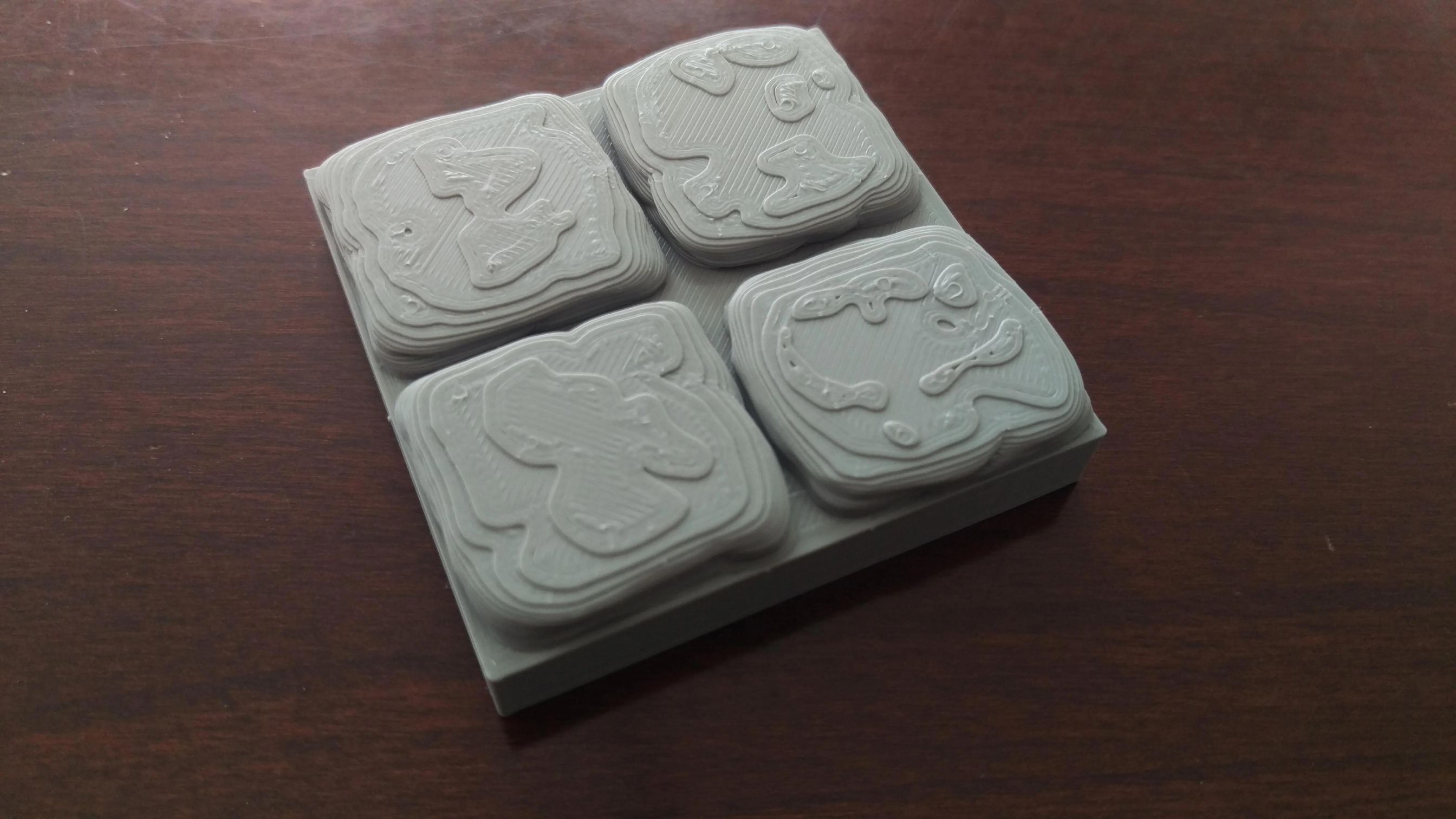

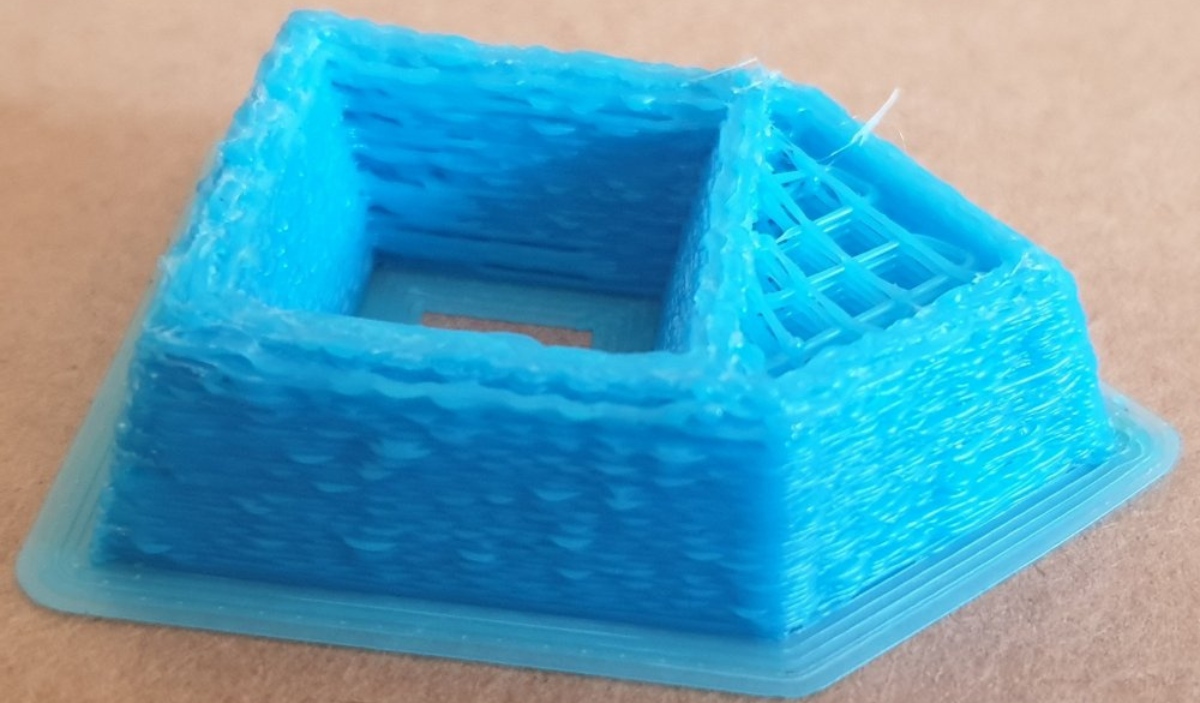
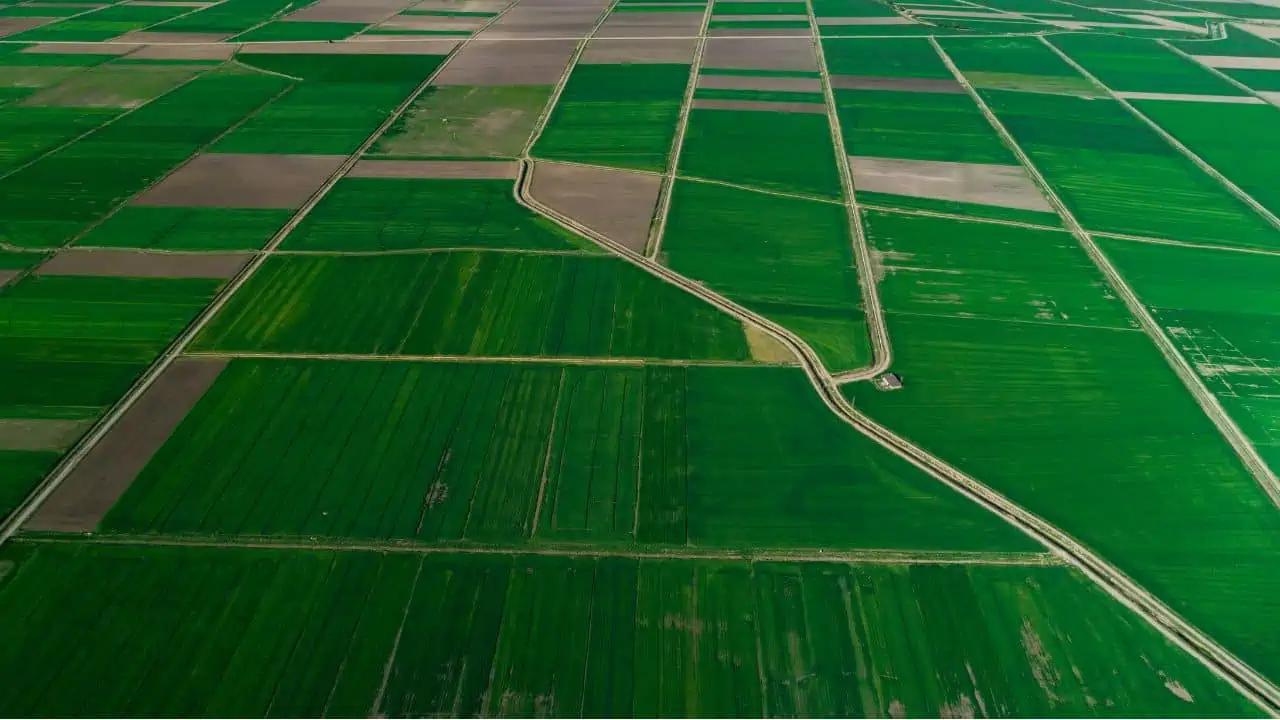
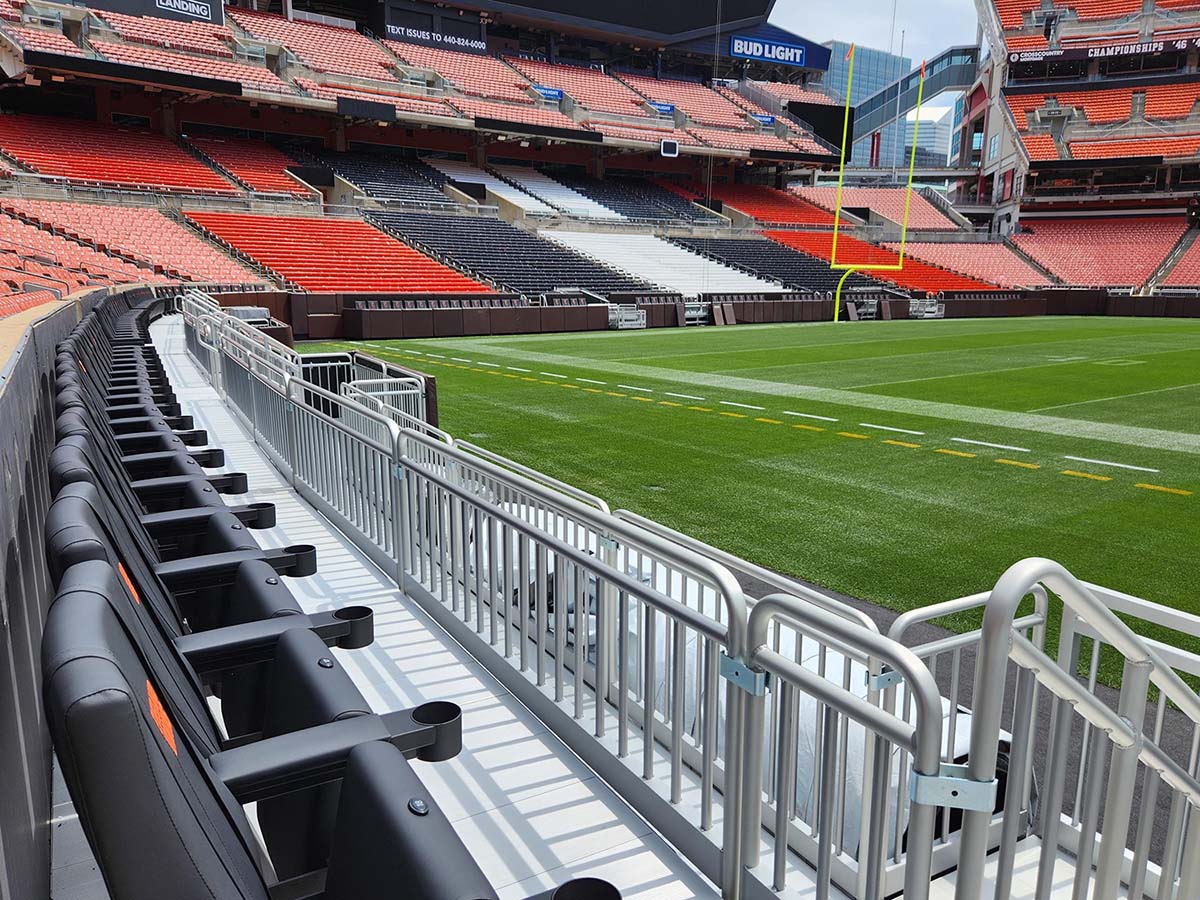
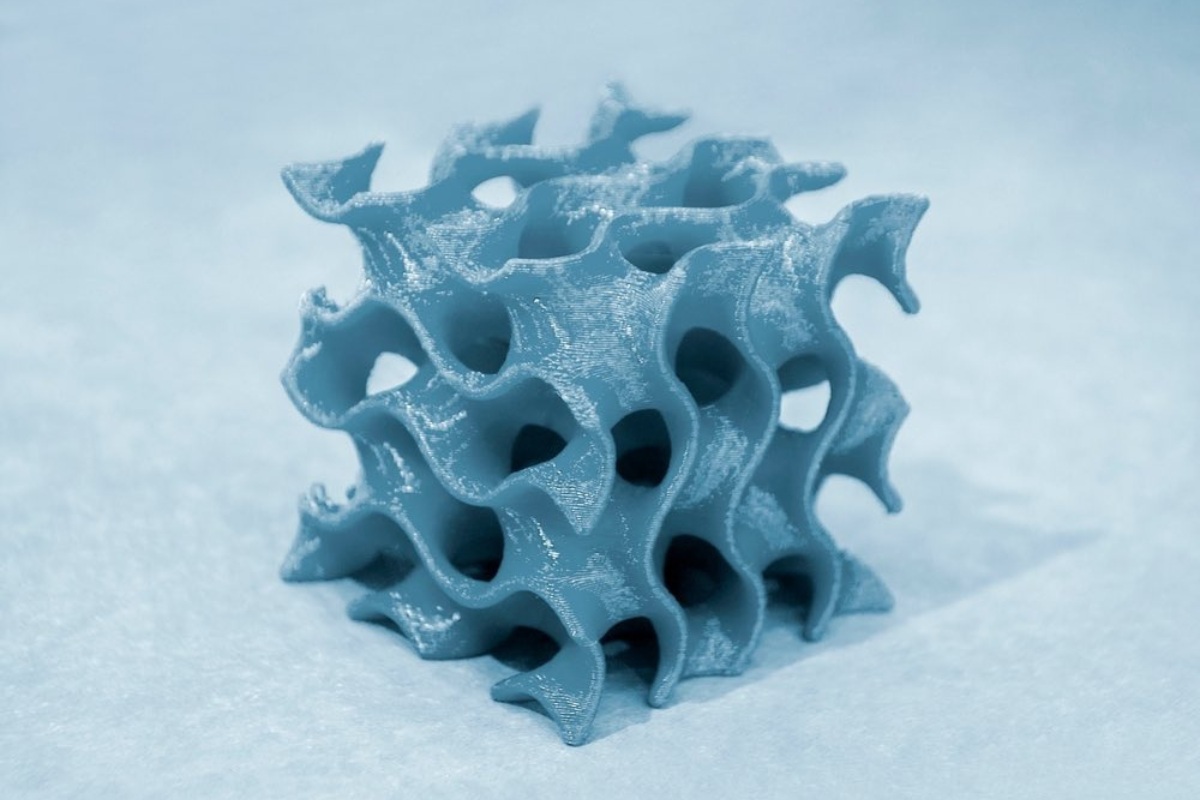
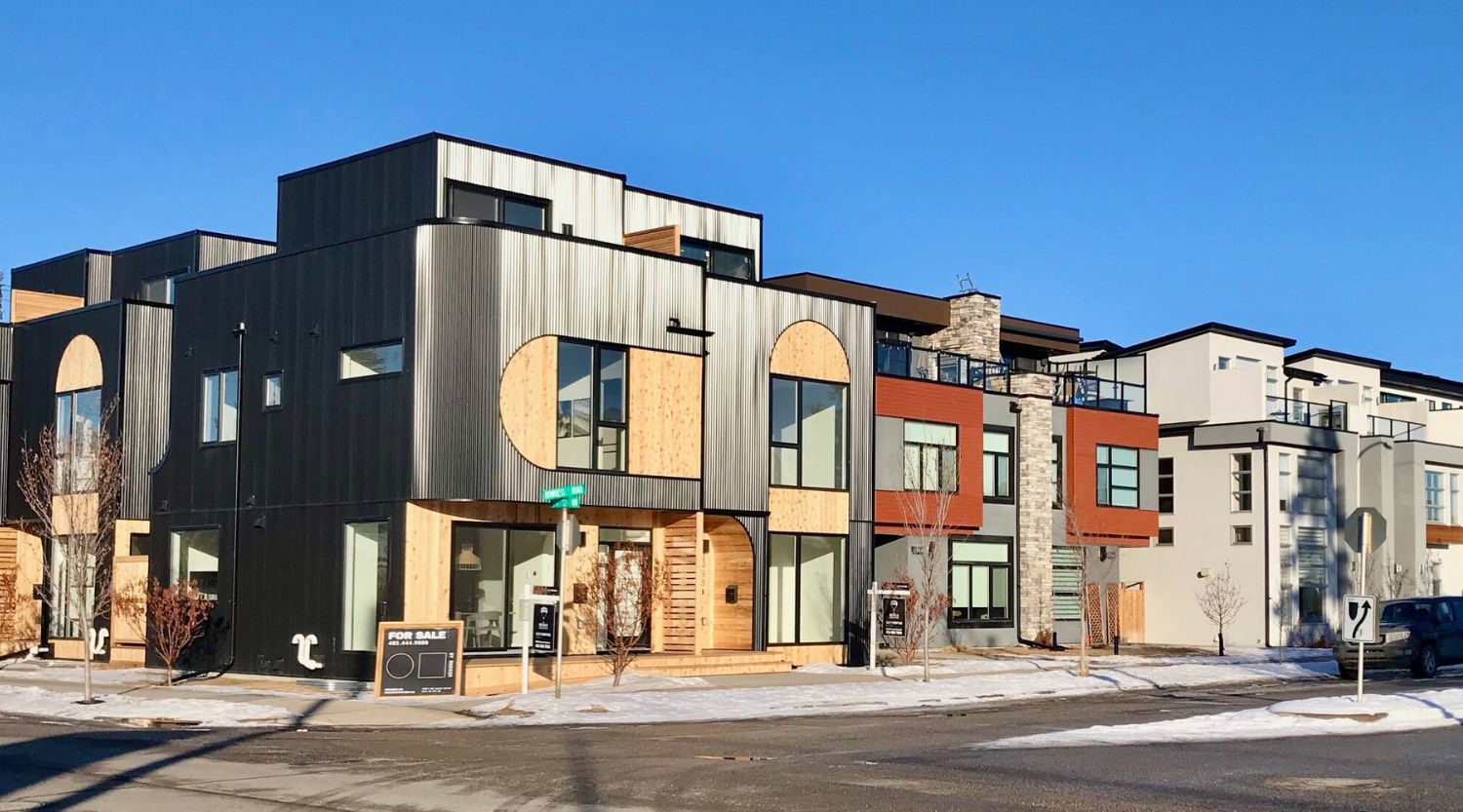
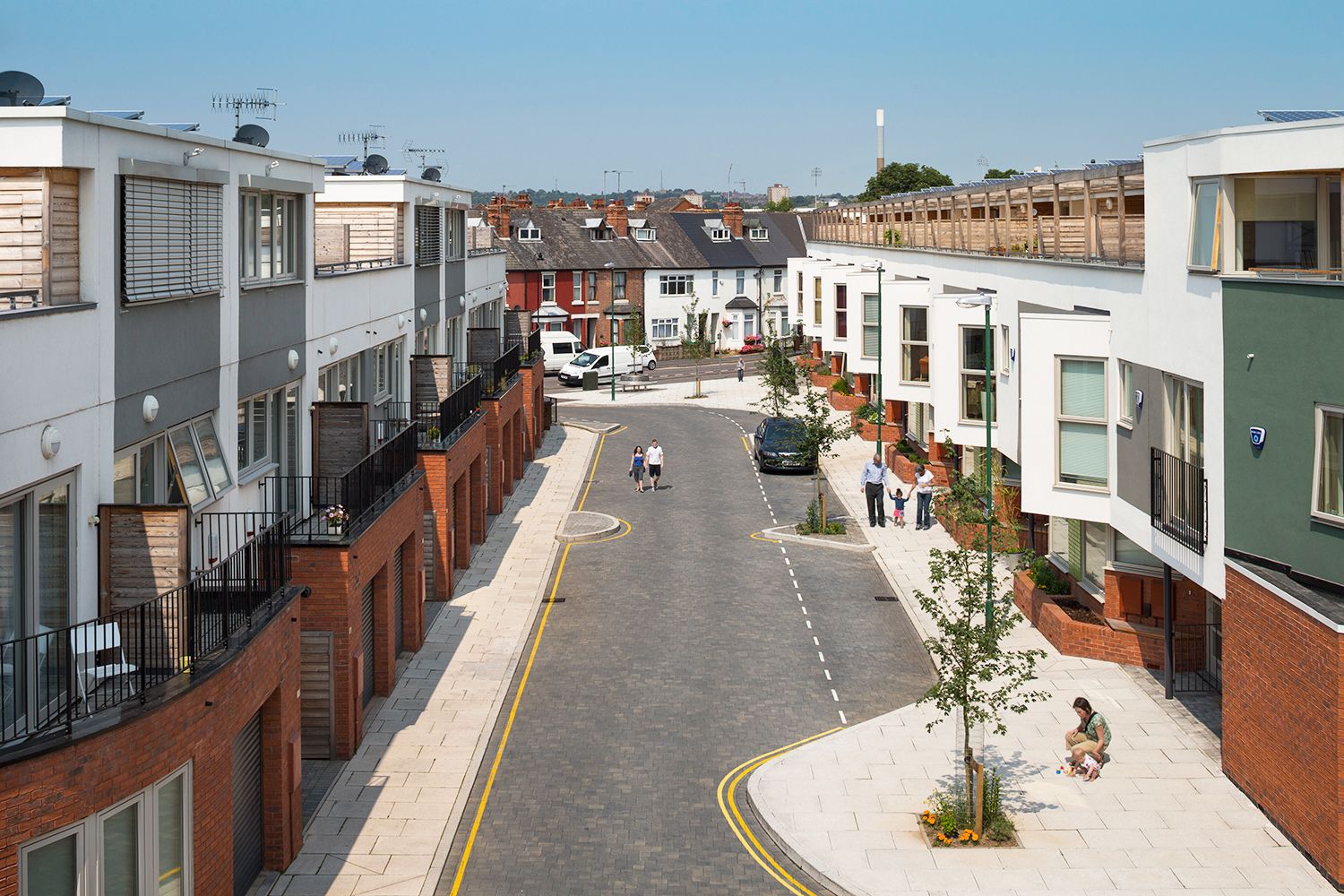
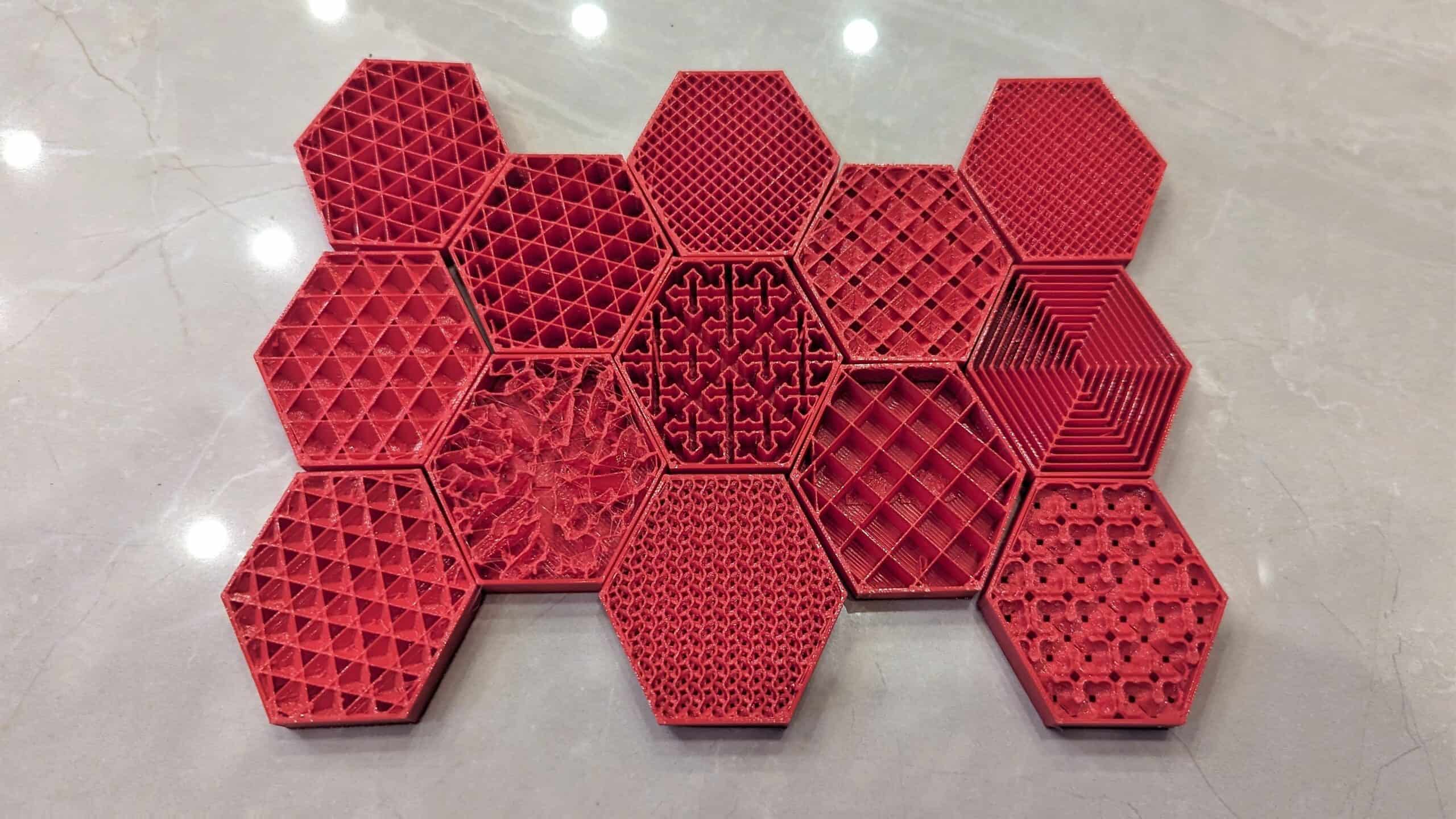
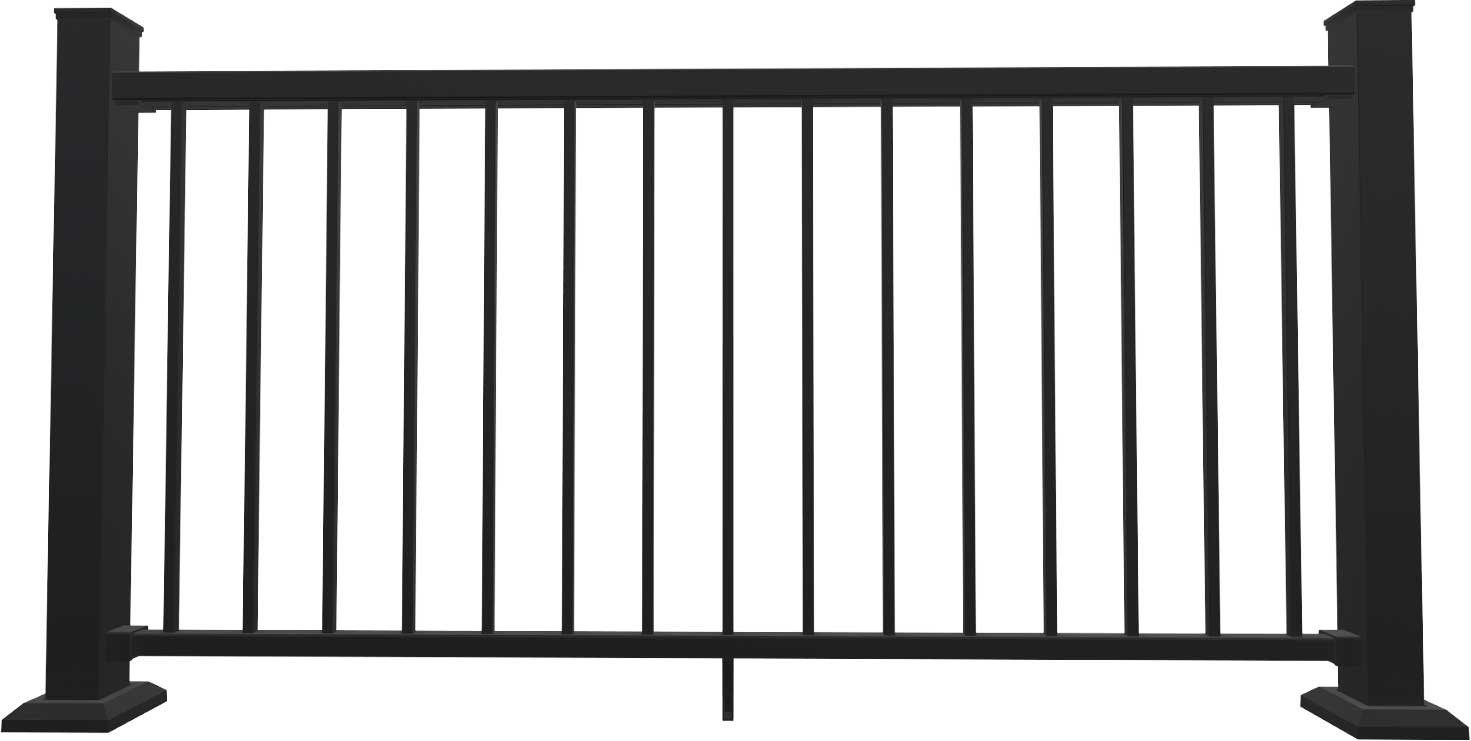
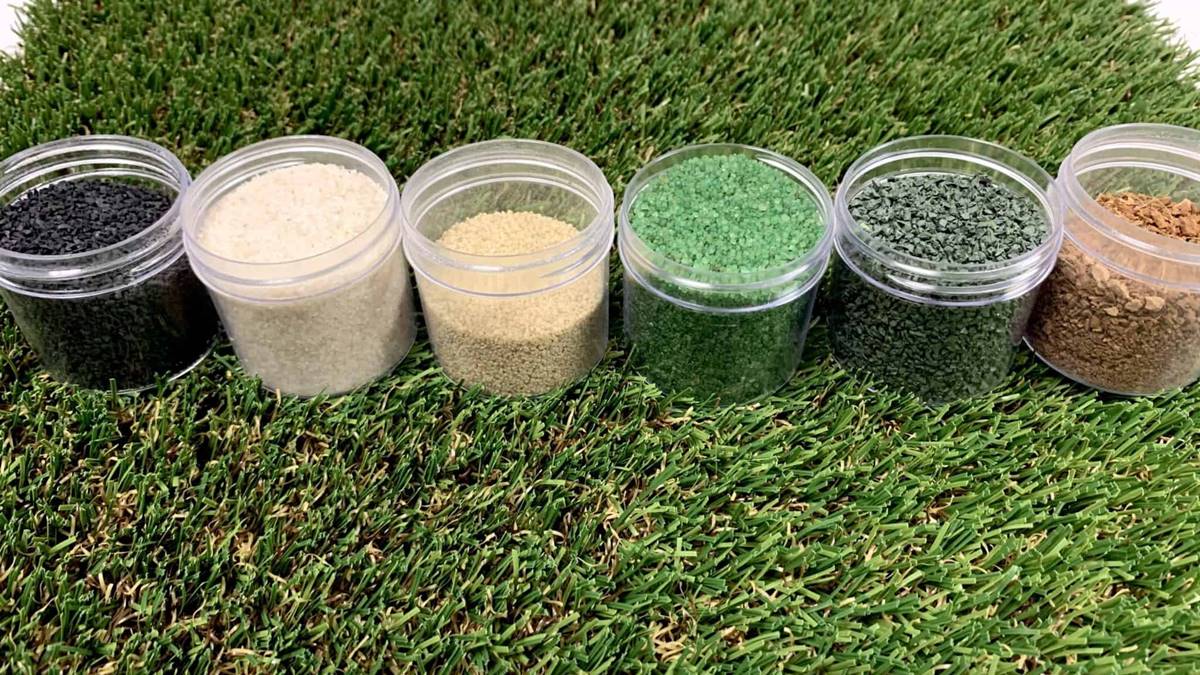
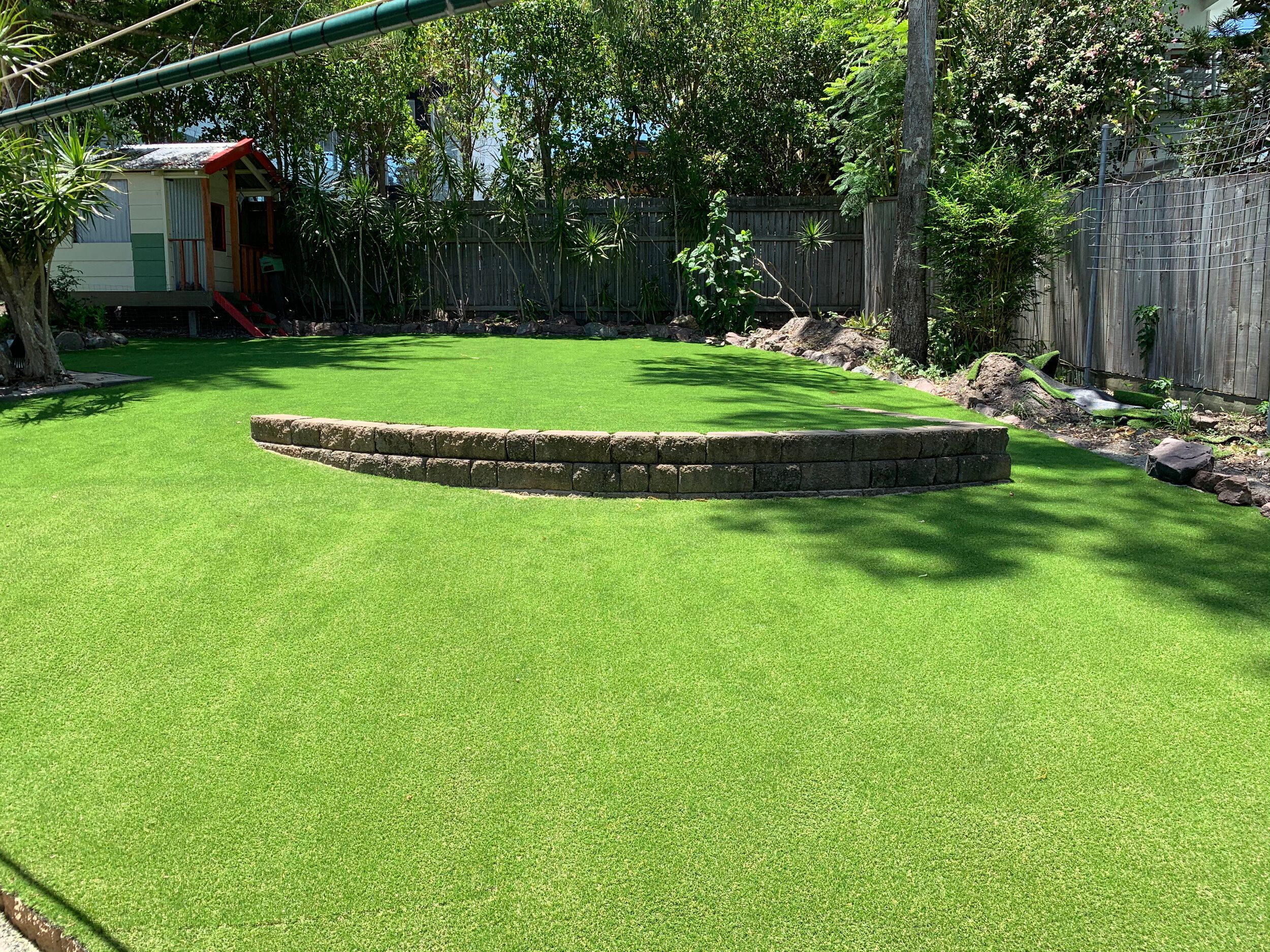


0 thoughts on “What Is Infill Sewerage”